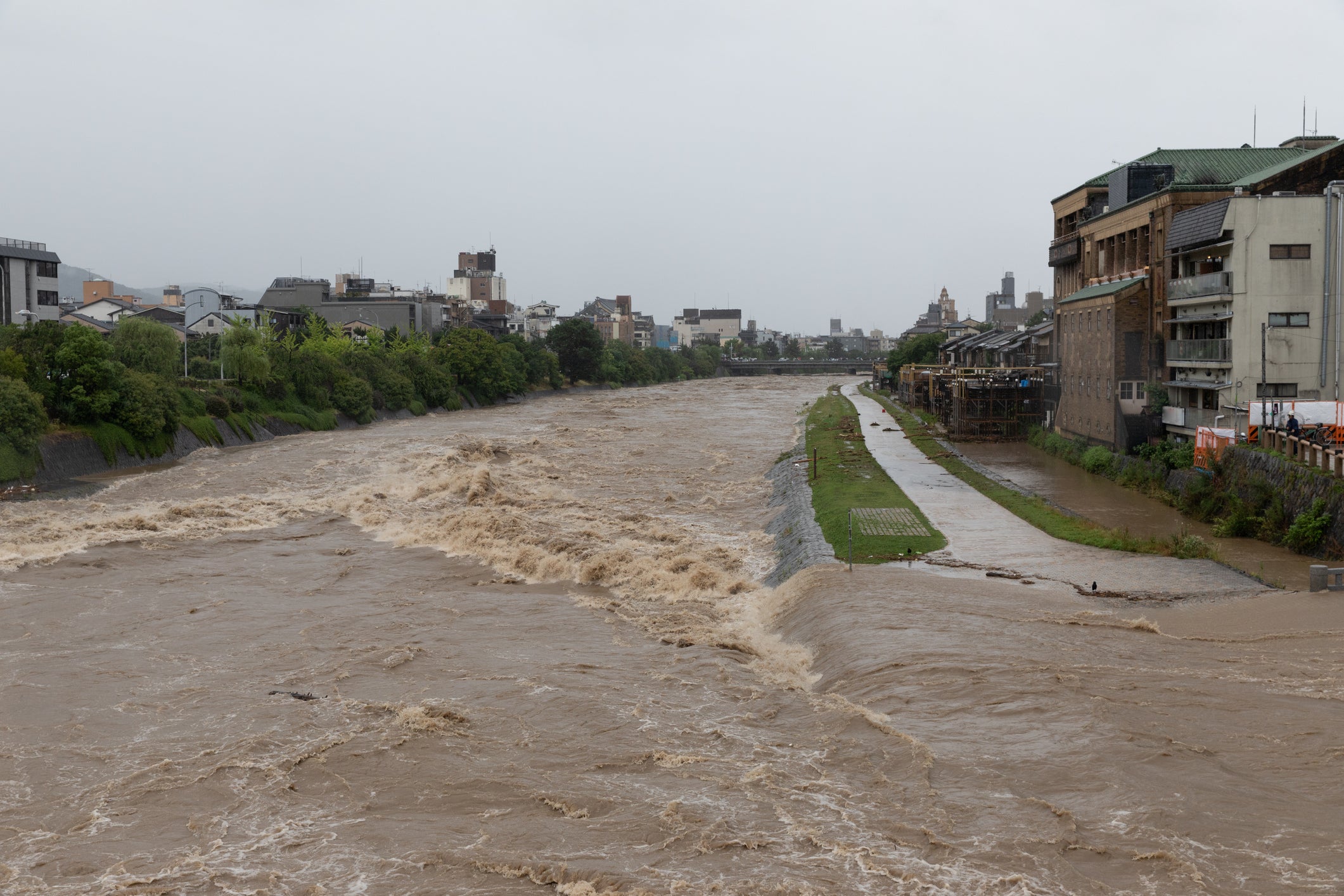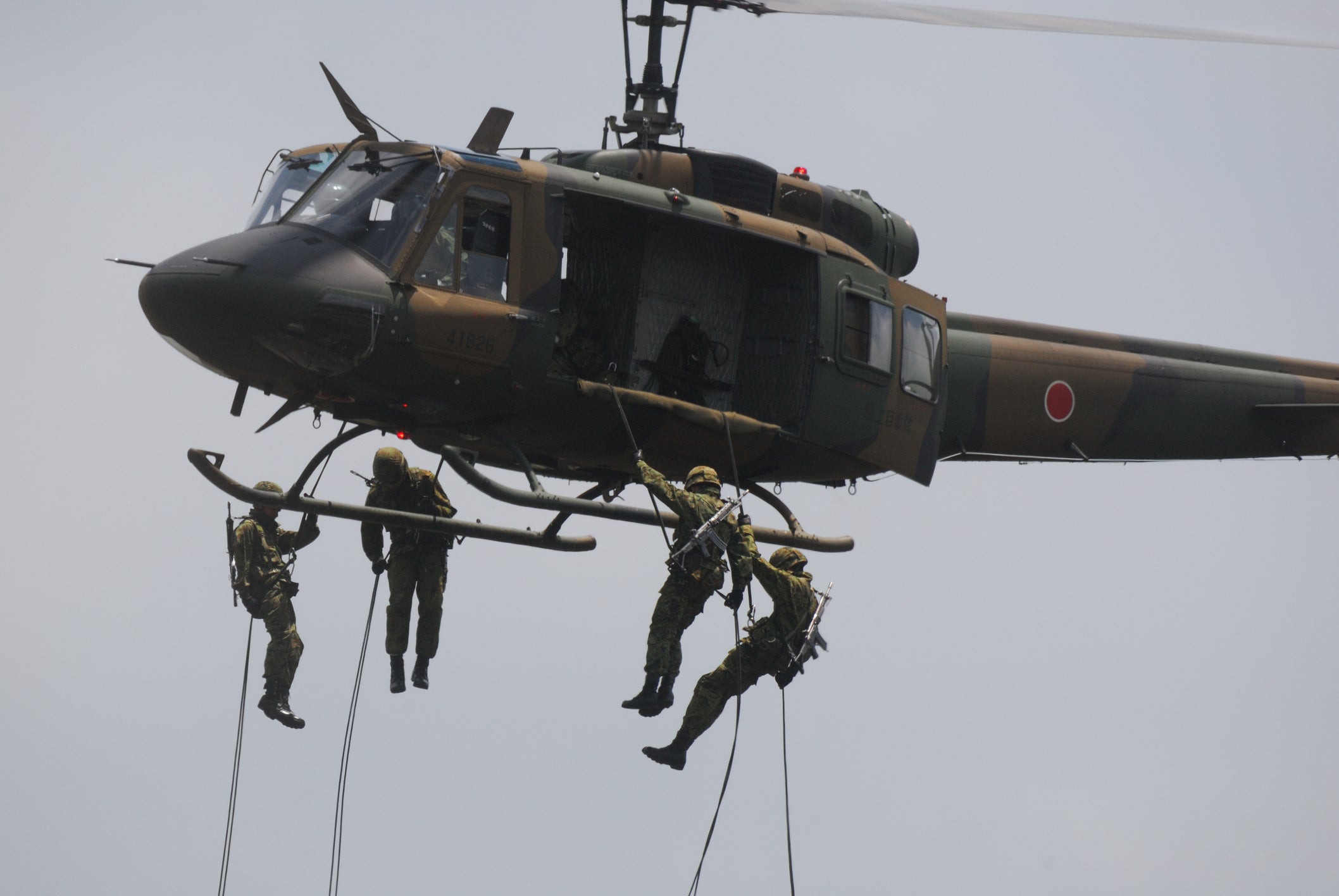Appropriate action guidelines inside the building when an earthquake occurs
table of contents
Introduction
1. Calm behavior
2. Stay away from windows and glass
3. Avoid using elevators
4. Power off
5.Confirm evacuation routes
summary
Introduction
Earthquakes can strike suddenly and threaten our safety in buildings. When an earthquake strikes, it is important to take the right actions. This article details the appropriate guidelines for behavior inside buildings during an earthquake. You can minimize damage from an earthquake by following these guidelines.
1. Calm behavior
1-1 calm yourself down
The moment an earthquake strikes, it is important to first calm yourself down. Take a deep breath and take time to think calmly in your head. Self-control is necessary to keep calm and not panic.
1-2 Check your surroundings
Observe your surroundings when an earthquake occurs. Judge the direction and strength of earthquake shaking, safe places in buildings, etc. Be aware of people around you and information about emergencies.
1-3 Perform a Drop Cover Hold
The aforementioned drop cover hold is a basic course of action during an earthquake. If an earthquake occurs, take this action immediately. Crouch down to protect yourself, protect your head and neck, and stay on a stable surface until the shaking subsides.
1-4 Avoid confusion and panic
When an earthquake occurs, people around you may fall into confusion and panic. However, you can make other people feel safe by staying calm yourself. Focus on what you are doing and keep your cool to help others.
1-5 Confirm appropriate information sources
Accurate information is important when an earthquake strikes. Check for reliable sources of information, such as television, radio, and official disaster information. Don't be misled by misinformation and follow directions and information to take appropriate action.
1-6 Recognize the importance of preparation and training
Preparing and practicing for an earthquake is extremely important in order to act calmly. Knowing evacuation routes and evacuation sites and sharing your action plan with your family and colleagues in the event of an earthquake will help you prepare to act calmly.
What is a Drop Cover Hold?
Drop
The moment an earthquake occurs, first crouch down on the spot. It is important to squat down when the earthquake shakes to protect yourself from falling objects or being thrown. Use both hands to maintain balance as you squat.
Cover
Then cover to protect your head and neck. Bring your hands behind your head and cover your head with both hands. If possible, hide near a sturdy object above your head, desk, or under a desk, if available. Head protection is important to minimize falling objects and head injuries during an earthquake.
Hold
Maintain drop and cover and hold until the shaking subsides. Hold this position to protect yourself in a stable position while the shaking of the earthquake continues. We will wait until the shaking of the earthquake subsides, but we need to be careful even after the shaking has stopped until safety is confirmed.
Drop Cover Hold is a basic action guideline to protect yourself in the event of an earthquake. This action protects the head and internal organs and minimizes injuries from falling objects. Also, by placing yourself in a stable position, you can safely wait until the earthquake subsides.
However, actions other than drop cover hold may be appropriate depending on the structure and situation of the building. In the event of an earthquake, take appropriate action according to your surroundings and instructions. In addition, it is important to be able to naturally perform actions such as drop, cover, and hold by preparing and practicing for earthquakes.
2. Stay away from windows and glass
2-1 Move under a nearby wall or sturdy piece of furniture
When an earthquake occurs, move away from windows and glass as soon as possible. If there is a sturdy wall or furniture nearby, move under it. Hiding under sturdy furniture can help minimize injuries from window slings and breakage.
2-2 Avoid curtains and blinds
If you are near curtains or blinds in the event of an earthquake, there is a risk of glass fragments scattering due to broken window glass. Stay away from curtains and blinds as much as possible.
2-3 Move to a safe place away from windows
In addition to staying away from windows, it's also important to move to the safest possible location. If you can find a place to hide near a wall or under sturdy furniture, go there. Also, depending on the structure of the building, the area around the pillars and beams may be considered a stable place, so please consider finding such a place to move to.
2-4 Stay away from falling objects
During an earthquake, the risk of falling objects in buildings increases. Stay away from objects and decorations near windows and glass. In particular, glass products, mirrors, frames, etc. may break or fall down due to the shaking of an earthquake, so be careful.
3. Avoid using elevators
3-1 Risk of power supply interruption or failure
When an earthquake occurs, the power supply inside the building may be temporarily interrupted. In such a situation, the elevator could stop and passengers could become trapped. Earthquakes can also damage elevator shafts and controls, causing elevators to malfunction.
3-2 Congestion of evacuation routes
In the event of an earthquake, the possibility that evacuation routes in buildings will be congested increases. Using the elevator can make congestion even worse as many people try to use the elevator at the same time. This can delay evacuation and make emergency response difficult.
As an alternative, it is recommended to take the following actions
① Use the stairs
In the event of an earthquake, use the stairs as much as possible to evacuate safely from the building. Stairs usually have a solid construction and are relatively stable against shaking. Use stairs to avoid congestion on evacuation routes.
② Wait in a safe place
In the event of an earthquake, you may be trapped in the elevator, so move to a safe place inside the building and wait until the shaking stops. Find a safe place to protect yourself from the shaking of an earthquake, such as under sturdy furniture, near a wall, or around a pillar or beam.
③Follow the emergency evacuation plan of the building
The building may have an emergency evacuation plan. In the event of an earthquake, follow the building's emergency evacuation plan and take appropriate actions. It is important to check information about evacuation routes and evacuation sites in the building in advance and take appropriate actions.
4. Power off
4-1 To reduce the risk of fire and electric shock
Earthquakes can damage power lines and electrical equipment, causing problems such as disconnections and short circuits. This increases the risk of fire and electric shock. Turning off the power relieves electrical problems and reduces the risk of fire or electric shock.
4-2 Support for Rescue Activities
In the event of a disaster, emergency responses such as rescue operations and evacuation guidance are required. By turning off the power, the safety of the electrical system is ensured, and rescue operations and evacuation guidance can be carried out smoothly.
The procedure for turning off the power is as follows.
power off
First, turn off the main power. In general, power is turned off by turning off the main breaker or power switch on the electrical control panel or distribution panel of the building. Also disconnect individual circuit breakers and switches, if necessary.
turn off electrical appliances
After turning off the power, also turn off the power of the electrical appliances. Unplug all electrical appliances whenever possible, including televisions, air conditioners, refrigerators, and computers.
turn off the lights
In the event of an earthquake, there is a risk that the lighting will shake and fall. By turning off the lights, you can prevent damage to the lighting fixtures and injury from falling.
5.Confirm evacuation routes
5-1 Check the building blueprints and information boards
Inside the building, there may be blueprints and information boards for evacuation routes and emergency exits. Check these information to know the location of evacuation routes and emergency exits in the building. It is common for each floor in a building to have marks and signs indicating where emergency stairs and emergency exits are located.
5-2 Conduct a field survey of evacuation routes
Let's actually walk and investigate the evacuation route in the building. Normally, stairs and emergency exits are the main evacuation routes, but by actually tracing and confirming those routes, you will be able to evacuate without hesitation, especially in an emergency. It's also important to find alternative routes in case the evacuation route is closed or obstructed.
5-3 Check the evacuation route for obstacles and safety
Evacuation routes may have obstacles. For example, overturned furniture, luggage, and door obstructions may hinder evacuation. When planning an evacuation route, carefully check for these obstructions and move or remove them if necessary.
5-4 Checking emergency lights and emergency lighting
In the event of an earthquake or other disaster, the lighting inside the building may stop. Therefore, it is common for buildings to have emergency lights and emergency lighting installed. Make sure these lights are working properly along your escape route and report or repair them if necessary.
5-5 Regular confirmation and training of evacuation routes
It is important to check evacuation routes regularly. Since the layout and situation in the building may change, it is necessary to check evacuation routes regularly and grasp the latest information. In addition, by participating in evacuation drills and training on disaster countermeasures, you can learn how to use evacuation routes and appropriate actions, and improve your ability to respond to emergencies.
summary
In the event of an earthquake, calm judgment and correct action are essential to protect lives. Protect yourself and others by following the appropriate guidelines for action during an earthquake, such as implementing drop cover holds, staying away from windows and glass, avoiding using elevators, turning off power, and confirming evacuation routes. safety can be ensured. Be prepared for earthquakes and always be aware of safety.







